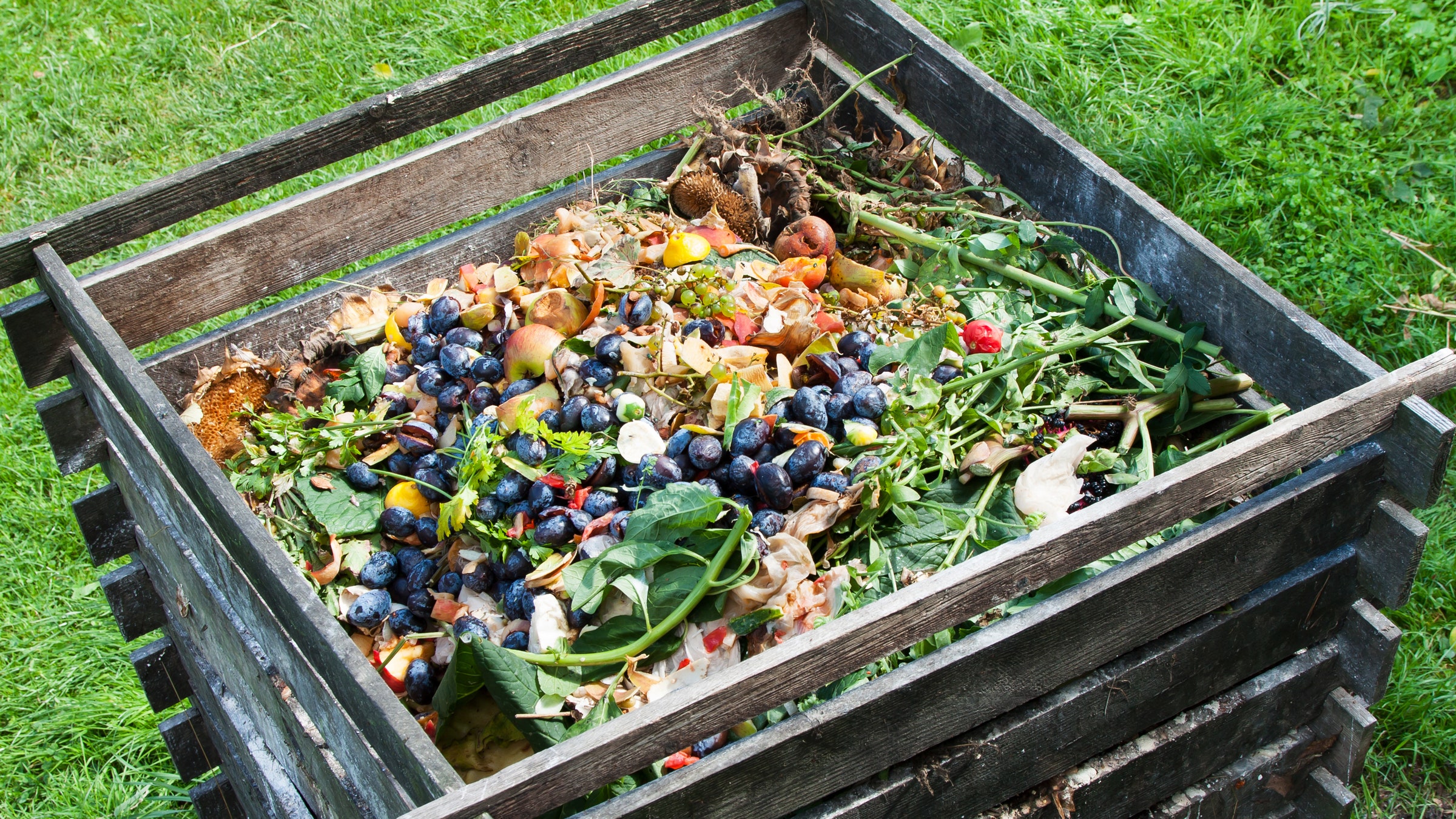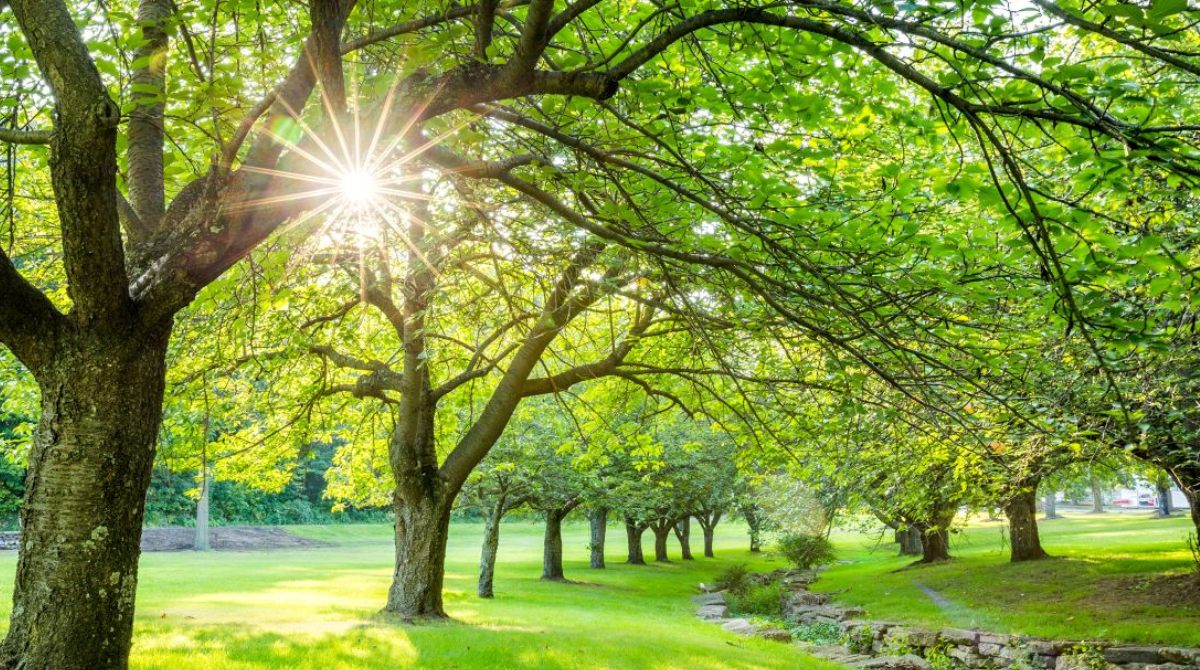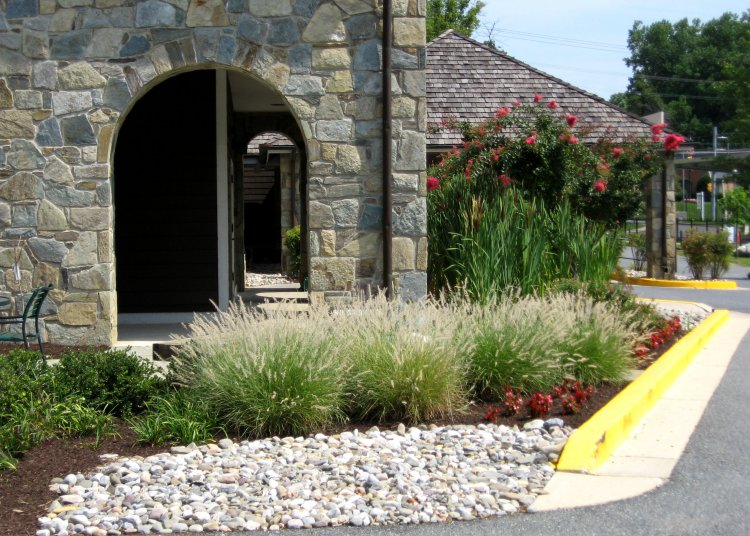Many people feel tired and sluggish during winter. There are a few natural and easy ways to increase your energy level in the winter and increase your energy level and stamina.
Try these tips:
Eat more fruit and veggies! When it’s cold and dark outside, it can be tempting to fill up on unhealthy comfort food. However, it’s important to ensure you still have a healthy diet and include five portions of fruit and veg a day. If you find yourself craving a sugary treat, try a juicy clementine instead.
Drink more milk! You are more likely to get a cold in winter, so make sure your immune system is in tip-top condition. Milk and dairy products such as cheese and yogurts are great sources of protein, vitamins A and B12, and Calcium. Choose semi-skimmed rather than full fat varieties. Be sure to continue water hydration too!
Have a hearty breakfast! Eating a warm bowlful of oatmeal on a cold morning isn’t just a delicious way to start your day, it also helps boost your intake of starchy foods and fiber which give you energy and help you feel fuller for longer, stopping the temptation to snack mid-morning. Oats also contain lots of vital vitamins and minerals. Add a sliced banana, berries or other fruit for extra flavor and to help you hit your 5 A Day target.
Try new activities for the whole family! Don’t use the cold winter months as an excuse to stay in and lounge around. Instead, get out with the whole family to try out a new activity –maybe ice skating, or taking a brisk winter walk through the park or find a fun spot to hike in the woods away from the city. Be sure to take your furry friends with you, as they too should not use the winter to lounge around!
Get a good night sleep! Go to bed and wake up at the same time every day will help your body reset naturally and you should feel more ready to tackle life’s challenges more patiently with a well-rested body. Right before bedtime, limit TV, computer games, and online news or social media, as they can cause stress. De-stressing just before bedtime with exercise or meditation can help you fall asleep more naturally. Also, waking up at the same time every morning will actually help you to sleep better at night.
In conclusion, take care of yourself so that you don’t become tolerant to the winter doldrums. Keep vigilant in your perseverance to stay healthy!






